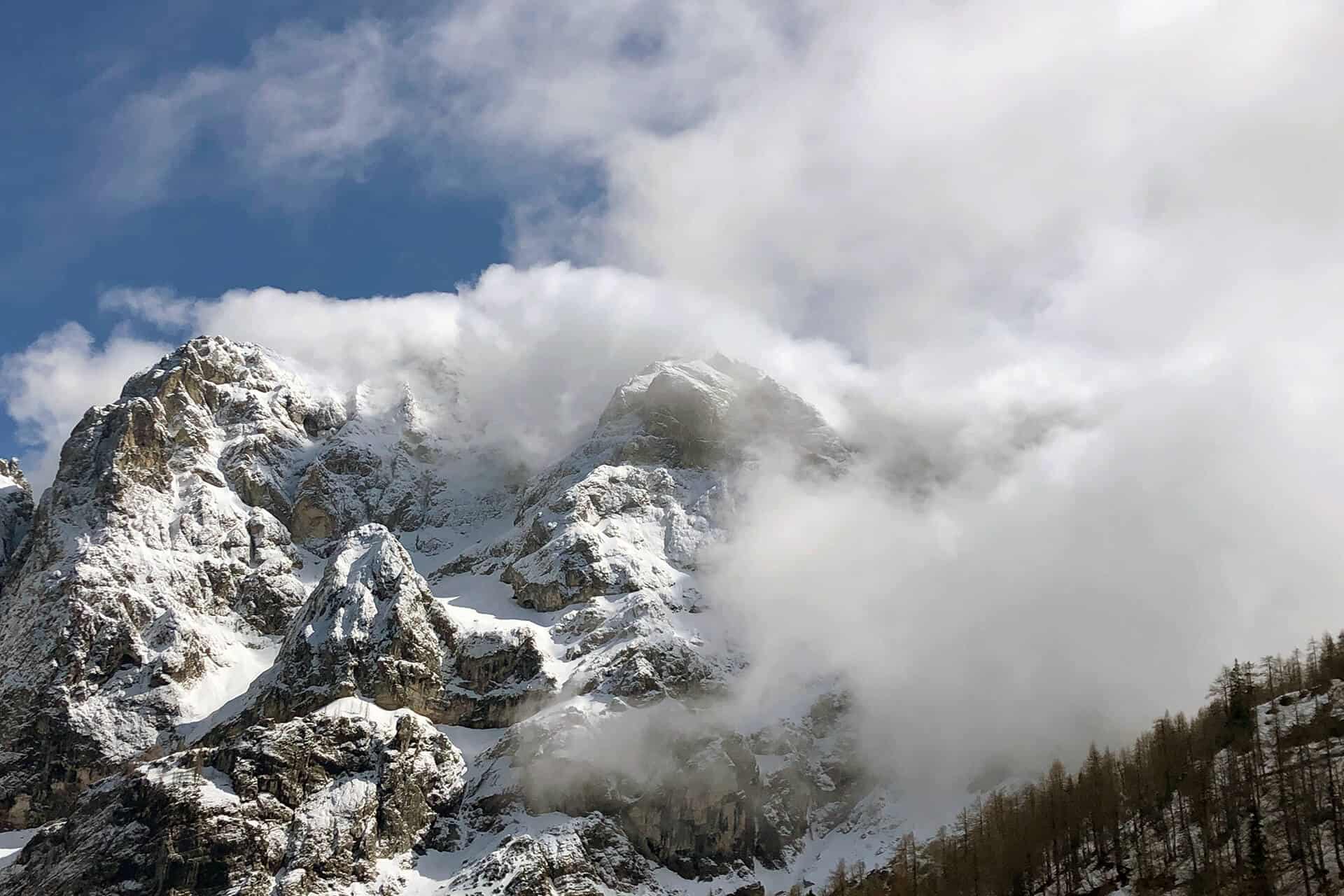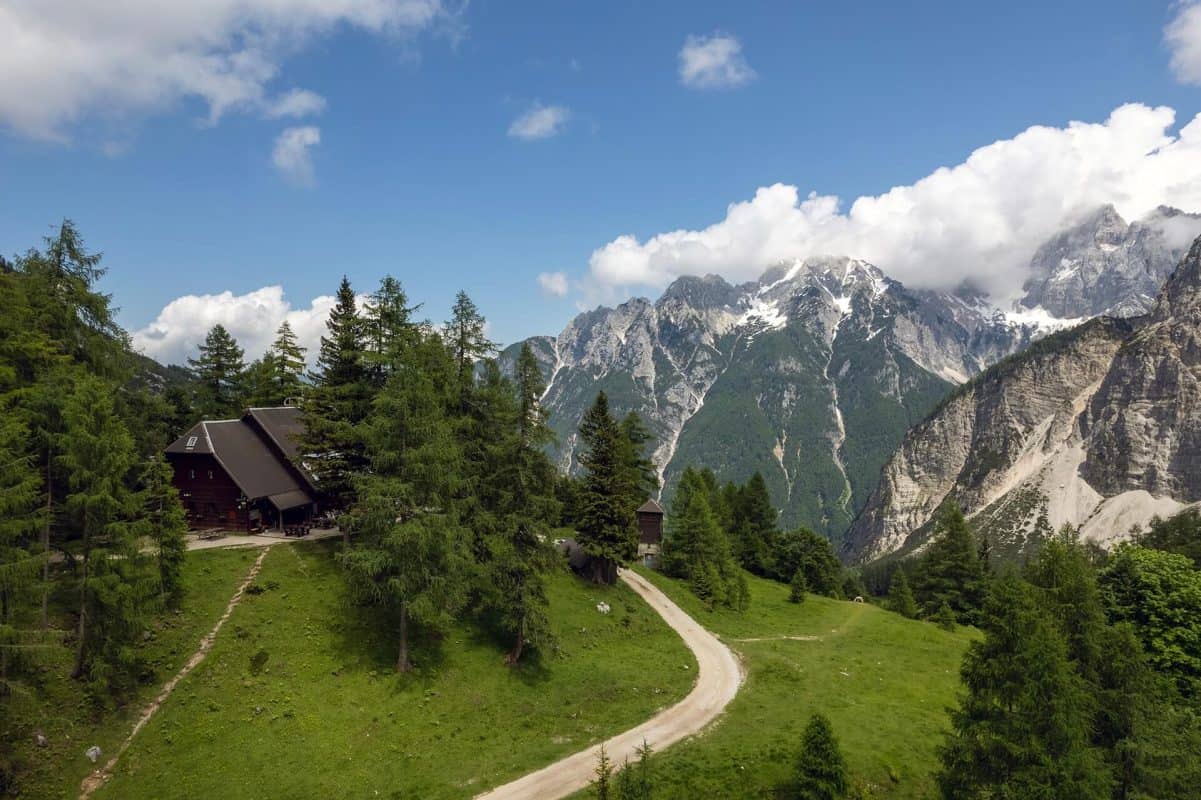Triglav national park, Slovenia
30 Things to See in Triglav National Park
This post is also available in:
![]()
![]()
![]()
30 Things to See in Triglav National Park
30 Things to See in Triglav National Park
30 Things to See in Triglav National Park
Triglav National Park, Slovenia’s only national park, encompasses the Julian Alps’ most dramatic landscapes.
30 Things to See in Triglav National Park

Slovenia (en)

30 Things to See in Triglav National Park
30 Things to See in Triglav National Park
- Mt. Triglav: The heart of the park, this towering peak symbolises Slovenian pride and a challenge for mountaineers.
- Lake Bohinj: The largest permanent lake in Slovenia, surrounded by mountains and lush forests, perfect for swimming, boating, and hiking.
- Savica Waterfall: A stunning waterfall that cascades over 78 meters into two streams, offering picturesque views.
- Vintgar Gorge: The Radovna River carved this 1.6km gorge. It has wooden walkways, allowing an enchanting walk alongside and across the rushing water.
- Lake Bled: Although partially outside the park, this iconic lake with its island church and medieval castle is a must-visit nearby.
- The Soča River is known for its unique emerald-green waters, which offer rafting, kayaking, and fly fishing opportunities.
- The Tolmin Gorges: The lowest entry point to the park, featuring stunning gorges, thermal springs, and the Bear’s Head, a naturally occurring rock formation.
- The Seven Triglav Lakes Valley is a glacial valley with seven beautiful lakes, offering some of the most scenic hikes in the park.
- Pokljuka Plateau: This vast plateau covered with spruce forests is known for its peat bogs and as a starting point for numerous hiking trails.
- The Julian Alps Biosphere Reserve is part of UNESCO’s Man and the Biosphere Programme, highlighting the area’s biodiversity.
- Aljaž Tower on Mt. Triglav: A symbol of Slovenian alpinism, this metal shelter offers refuge to climbers and hikers.
- Kozjak Waterfall: Hidden in a cave-like amphitheatre, this waterfall is a magical sight within the park.
- Mojstrana’s Slovenian Alpine Museum: Learn about Slovenia’s mountaineering history and the significance of the Alps.
- The Peričnik Waterfall: This waterfall can be approached and seen from behind, offering a unique perspective.
- The Tamar Valley is a picturesque alpine valley popular starting point for hikes in the Julian Alps.
- The Pogacnikov Dom Hut: Situated on a scenic plateau, it’s a key spot for hikers exploring the higher areas.
- The Triglav North Face: A daunting limestone wall offering some of the most challenging climbs in the Alps.
- Zelenci Springs is a nature reserve known for its stunning emerald-green lake, which is the source of the Sava Dolinka River.
- Kranjska Gora: A famous resort town offering year-round outdoor sports and activities.
- Planica Nordic Centre: Famous for its ski jumps and the annual ski flying week.
- The Russian Chapel on the Vršič Pass: Built by Russian POWs during WWI, serves as a memorial and a piece of history.
- Lepena Valley: Offers serene beauty, with trails leading to the Krn Lake and other scenic spots.
- Slemenova Špica: Known for its panoramic views of the surrounding mountains and valleys.
- The Korita Mostnice: A series of gorges and potholes in Bohinj offering scenic walks.
- The Triglav Lakes Lodge is a mountain hut in the heart of the Seven Lakes Valley, ideal for overnight stays.
- The Source of the Soča River: A powerful karst spring that is the beginning of the emerald Soča River.
- The Dom Planika Hut: Located beneath Mt. Triglav, providing a stopover for climbers aiming for the summit.
- The Trenta Valley is known for its natural beauty, traditional architecture, and the Trenta Museum.
- The Mala Mojstrovka Via Ferrata: Offers thrilling climbs with spectacular views for adventurous hikers.
- The Triglavski Dom at Kredarica is Slovenia’s highest mountain hut. It is located just below the summit of Mt. Triglav and serves as a critical base for summit attempts.

30 Things to See in Triglav National Park
Triglav National Park – Home of Erjavčeva mountain hut
30 Things to See in Triglav National Park
Triglav National Park, the jewel in the crown of Slovenia’s natural wonders, is a testament to its commitment to preserving its rich ecological, cultural, and historical tapestry. Encompassing the majority of the Julian Alps, the park is named after the majestic Mt. Triglav, a symbol of Slovenian identity and unity, rising 2.864 meters into the sky. This sprawling protected area, covering approximately 840 square kilometres, offers a diverse and pristine landscape that captivates the imagination and soothes the soul.

30 Things to See in Triglav National Park
The Landscape’s Canvas
The park’s terrain is a masterpiece sculpted by nature’s hand, showcasing a stunning array of geological formations and landscapes. Its topography varies from towering mountain peaks and rugged cliffs to tranquil valleys, serene lakes, and vibrant meadows. The geological diversity is a window into the Earth’s past, featuring karst phenomena, glacial valleys, and limestone pavements that tell tales of millions of years of natural history.
Biodiversity and Ecosystems
Within this protected enclave, ecosystems thrive in harmony, hosting an array of flora and fauna that is remarkable for its variety and rarity. The park is a haven for endemic species, including the Julian Poppy and Triglav Hawk’s-beard, found nowhere else in the world. Its forests are home to brown bears, wolves, and lynxes, symbolising the wilderness preserved here. Birds of prey, such as the golden eagle, soar above, while the crystal-clear rivers and lakes teem with life, including the famous marble trout.
Cultural Heritage and Human Imprint
Triglav National Park is not only a natural sanctuary but also a custodian of the rich cultural heritage of the Alpine region. The human footprint in the park is minimal and carefully managed. Still, the area is dotted with traditional Alpine farms, historic settlements, and monuments that reflect the enduring human spirit and the adaptation of communities to the mountain environment. The park’s cultural landscape is shaped by centuries of pastoralism, forestry, and alpine agriculture, which have left a mosaic of pastures, hay meadows, and traditional architecture.
Recreation and Adventure
The park is a playground of unparalleled beauty for those seeking adventure and a deep connection with nature. Hiking trails crisscross the landscape, leading adventurers through breathtaking scenery, from the tranquil shores of Lake Bohinj to the challenging ascent of Mt. Triglav itself. The park offers many outdoor activities, including mountaineering, climbing, cycling, and paragliding in the warmer months, while winter transforms it into a haven for skiing, snowboarding, and ice climbing.


30 Things to See in Triglav National Park
Water Wonders
The park’s aquatic landscapes are among its most cherished features. The Soča River, with its distinctive emerald hue, winds through the park, carving through canyons and creating natural pools perfect for rafting or simply admiring the clear waters. Lake Bohinj, nestled within the park, is the largest natural lake in Slovenia, offering a peaceful refuge for kayaking, swimming, or ice skating in winter. The numerous waterfalls, including Savica and Peričnik, add to the park’s mystique, drawing visitors to their cascading waters.
Challenges of Conservation
Managing a national park of Triglav’s stature involves balancing conservation and allowing people to experience its wonders. The park authorities implement strict regulations to protect the delicate ecosystems while promoting sustainable tourism practices. Education plays a crucial role in this effort, with programs designed to raise awareness among visitors about the importance of preserving natural habitats and respecting wildlife.

Triglav National Park: A Legacy
Triglav National Park is a legacy of Slovenia’s dedication to preserving its natural beauty for future generations. It is where nature’s grandeur is on full display, offering a sanctuary for biodiversity and a haven for those seeking solace or adventure in the wilderness. The park embodies the spirit of conservation, cultural preservation, and sustainable interaction with the natural world, making it a national treasure and a beacon of natural conservation worldwide.
In essence, Triglav National Park is more than just a destination; it’s a living, breathing world where nature and culture intertwine, where every peak, lake, and meadow tells a story, and where the legacy of the land is preserved for eternity. It invites all who visit to embark on a journey of discovery, to tread lightly upon its paths, and to leave with a deeper understanding of the natural world and our place within it.
Accommodation in a mountain hut
 English
English
 English
English
 Dutch
Dutch
Trips and Hikes around the hut
Your next destination in slovenia?
Erjavčeva mountain hut is open the whole year. Reserve your stay and spend some time in the natural paradise of Triglav National Park (UNESCO) near Kranjska Gora on Vršič mountain pass in the heart of Triglav National Park.
Reserve your stay English
English
 English
English
 Dutch
Dutch
Souvenirs Online Shop
Gift Voucher
Stone
Stone


 Deutsch
Deutsch


























